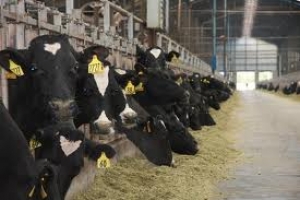World Markets

Ongoing urbanisation and continuing concerns about the quality and safety of domestic food production support consumer demand.
China's dairy imports have increased rapidly over the past decade from 220,000 tonnes in 2001, to more than one million tonnes in 2011.
As always, currency movements are impacting the competitiveness of exports. The high Australian dollar is limiting returns to Australian exporters. However, EU exports are becoming increasingly competitive.
Exports of dairy products in South America are increasing.
For the first time in its history, Argentina reported exporting more dairy products than beef in 2011. Over the last year dairy exports grew 32 per cent in volume, whilst meat exports declined by 15 per cent.
Uruguayan exports grew by 42 per cent in January compared to the same month last year, with Brazil being the main destination. Nonfat dry milk was the most exported product, followed by cheese.
Brazil says its sales of dairy products to the Middle East grew by 34 per cent in January, against the same period in 2011. Cream and butter oil make up a large proportion of the exports.
US exports of dairy cows and heifers reached an all time high in 2011. Dairy cow exports totaled 73,639 head in 2011, up from 37,356 head in 2010 and 16,209 head in 2009. The majority of those dairy cow exports, nearly 68 per cent (almost 50,000 head), went to Turkey, followed by Mexico, which imported 11,102 head.
With the outbreak of Schmallenberg virus in Europe, Russia has banned all imports of cattle. Russian veterinary authority, Rosselkhoznador, has said that it is seriously concerned by the absence of measures to limit animal movements from affected regions.





















